Sustainability Is The Hottest Spring Trend
What companies are creating the newest and best trends in fashion.
Did you read my last article, Spring's Ride or Die Styles? To sum it up, spring 2019 trends consist of animal print, cowboy chic, and the continuation of neon. However, one trend I failed to mention was the sustainability phenomenon that's sweeping the nation — and the world.
Recently, more and more people, companies, and brands are realizing that we are, for lack of better words, in deep sh*t here. The only planet we have is slowly dying, taking animals, greenery, and possibly even us with it. Since its invention in the 1950s, there has been roughly 8.3 billion tons of plastic produced. With plastic taking about 1,000 years to decompose, that means that every. single. piece. of plastic ever created is still on this planet. Only 9% of that plastic has been recycled, 12% burned, and the rest (79%) has landed up in landfills or in our environment.
That is CRAZY.
What's even crazier is that 150 million metric tons of that plastic is currently floating around in our oceans. There is so much plastic in the ocean, that a giant patch of plastic has formed in the Pacific Ocean, gaining the name: The Great Pacific Garbage Patch. This "patch" really isn't a patch at all. In fact, this garbage heap is 600,000 square miles and is estimated to be two times the size of Texas.
This issue of climate change and the way that plastic and consumerism is harming the country is of utmost importance. So much so, that our dear friend and favorite science teacher, Bill Nye the Science Guy, had to make an appearance on Last Week Tonight with John Oliver. During this debut, Bill had some explicit things to say about climate change and his opinion on how to correct our mistakes.
Plastic isn't the only thing harming our Earth. CO2 emissions are seriously affecting our atmosphere.
Although some people don't even think about it, the fashion industry, specifically the fast fashion industry, is one of the biggest contributors to carbon dioxide emissions. In 2016, 8% of the carbon dioxide pollution was due to the apparel and footwear industries.
So what are companies, fashion, and commercial, going to do about it and how?
Well, I'm sure most of your local Starbucks now offer those lids that don't require straws. This is a step in the right direction, however, it's almost laughable how many straws I still see in those cups! Other companies like Amazon and eco-friendly coffee shops sell metal reusable straws, which again, is a great step. However, plastic straws only make up about 4% of the plastic pollution on our planet – so cute metal straws won't really save us.
What will save us is innovation and dedication. And that's what these following companies are currently achieving.
First up is Adidas. The infamous sports- and athleisurewear company has teamed up with Willow Smith to promote their first 100% recycled and recyclable shoe. The Futurecraft.Loop sneaker is Adidas' newest sustainable project, with inspiration stemming from their first sustainable shoe, Parley, named after project partner, Parley for the Oceans. The Adidas X Parley shoe consists of a fully recycled upper part made from recycled plastic that has been yarn spun. As for the Futurecraft.Loop sneaker, its release date is estimated for Spring/Summer 2021. This shoe will be entirely made of recycled plastics from the ocean, as well as be completely recycled – again. That's right; the finished product will also be completely recyclable with the opportunity to be made into more shoes.
Up next is Vans. This company, in its conception, was geared towards the youth of skating America. Now, after over 50 years of making shoes, the Vans style is iconic and for just about anyone. Geared towards tweens and mid-20-year-olds, Vans has a youthful consumer demographic. Being so, this company sees the problems that are sure to come to our future youth. Their first step was creating their Green Sole project. This project focuses on reducing waste at their new headquarters in Costa Mesa, California, and implementing more LEED Platinum certified buildings around the U.S.
Even though the company is trying to reform its headquarters and other operational buildings, these locations only make up for 10% of their total environmental impact. The other 90% comes from the production of their products. This prompted Vans to change the way that they create their products.
Since 2014, Vans has been sourcing from Better Cotton Initiative: an organization that improves the cotton and livelihoods of the people and countries that cotton is produced in. By 2025, Vans hopes to source 100% sustainable cotton, increasing from the current 48%.
In addition to these initiatives, just like Adidas, Vans is starting to create recycled shoes. Their P.E.T Authentic shoes are their iconic low top style Vans that contain 100% recycled lining, metal eyelets, and rubber waffle outsoles.
If you're still buying Hollister or American Eagle jeans, STOP. Instead, turn to Levi's. Did you know that to create a single pair of jeans it takes over 2,000 gallons of water from growing the cotton to dyeing the fabric? That's why Levi's decided to come out with its Water<Less™ denim line. This line of jeans uses 96% less water than regular jeans and they're about the same price as their normal jeans.
So, instead of buying from those fast-fashion websites that are rarely ever free trade certified (signifying that working conditions and the making of the garments is ethical) or even sustainable in any way, buy from one of these sites, or the many more that are eco-friendly or sustainable. It's not only important but crucial for the future of our planet.
Hopefully, this new trend will catch on and companies will compete to see who is the greenest company rather than fighting to see who has the cutest midi skirts this season.

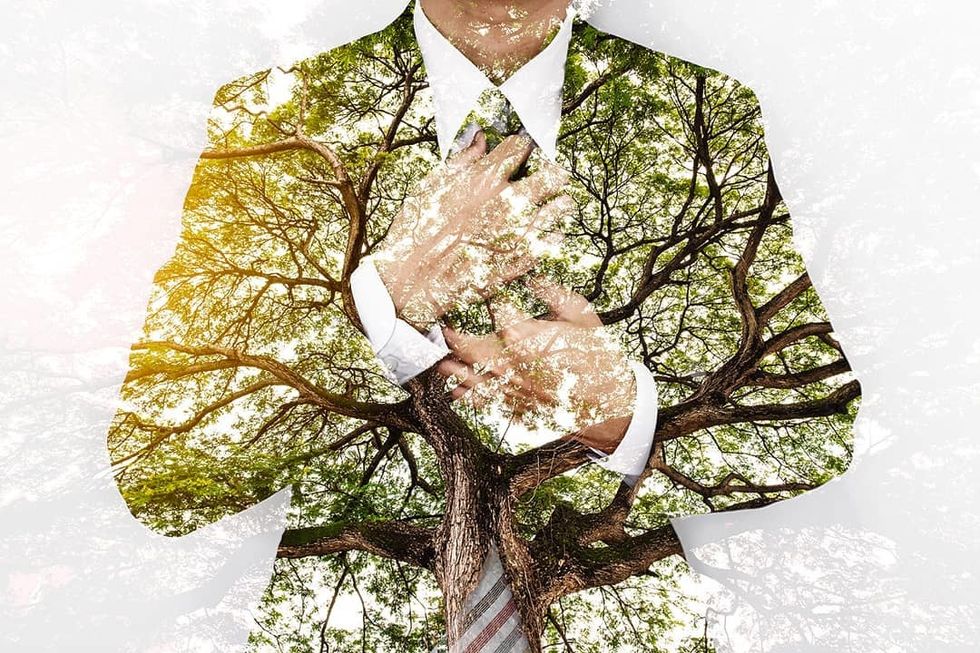
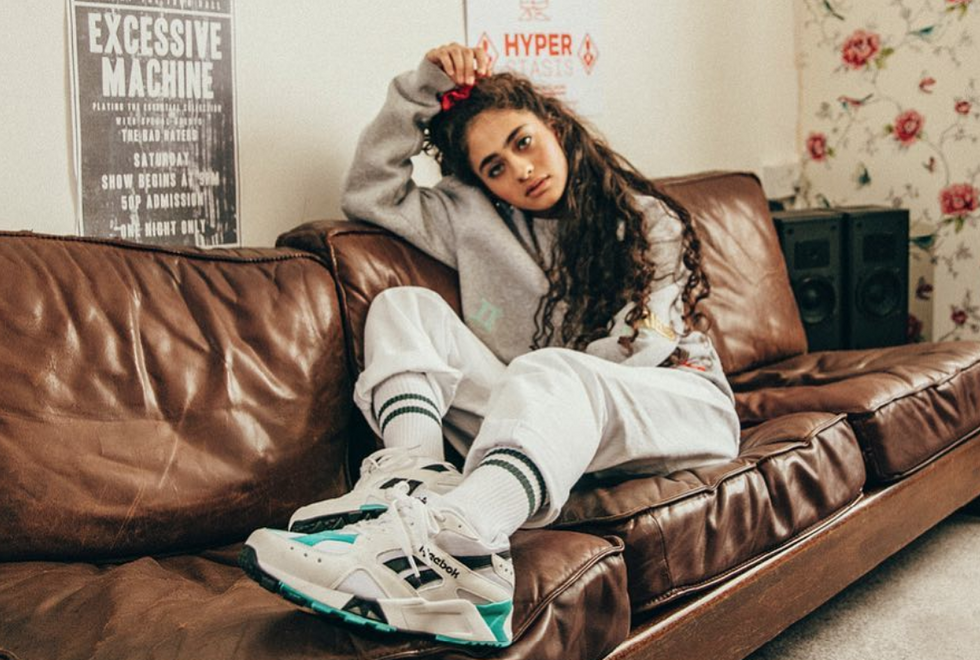

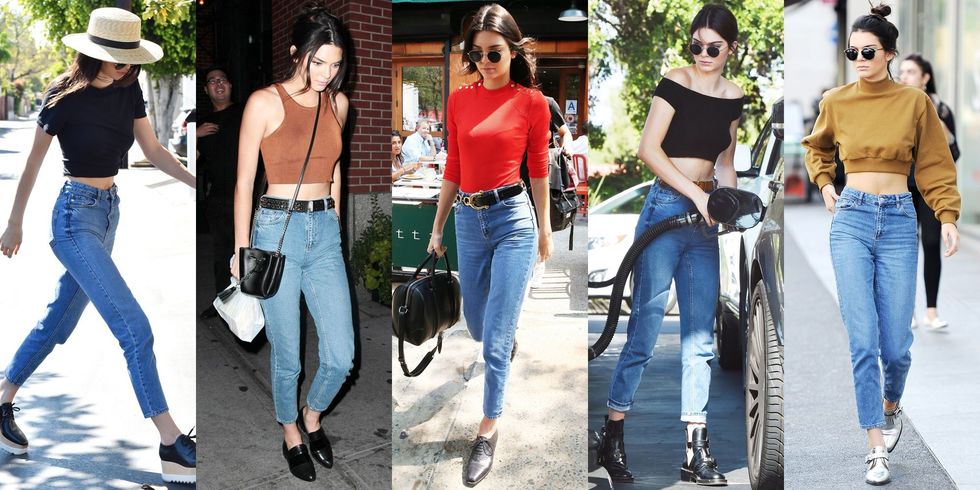

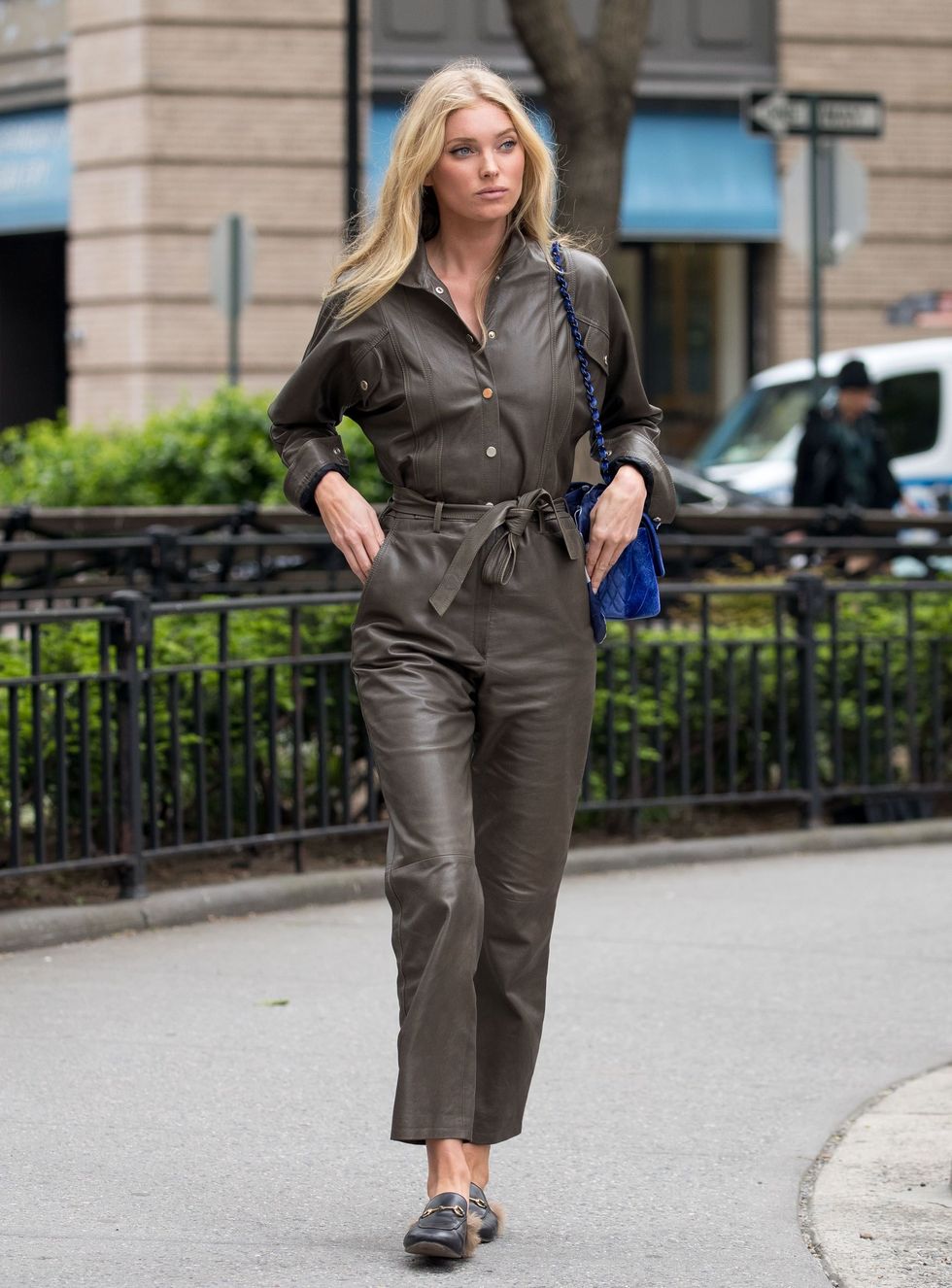










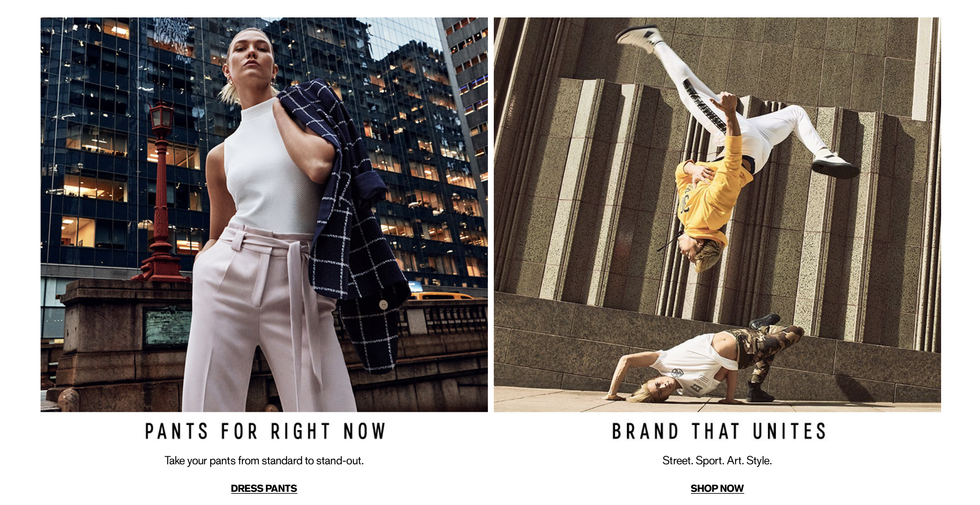
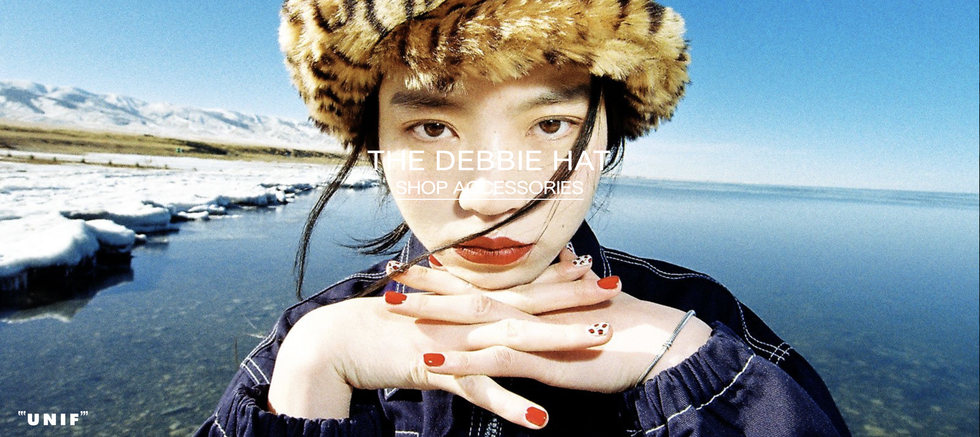
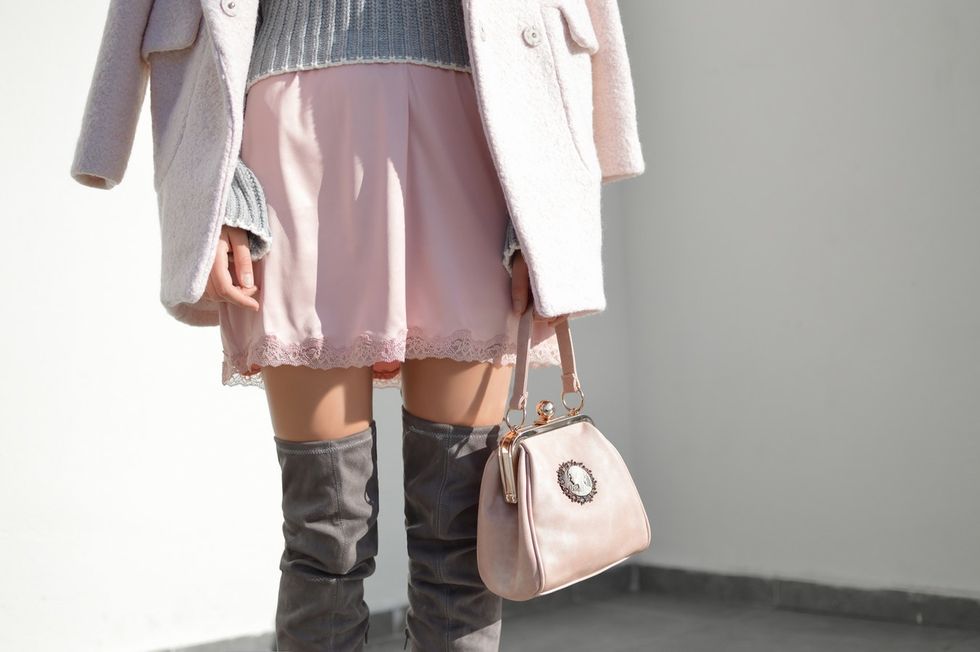



 Nike, Just Do It!
Nike, Just Do It! Me. Photo by: Candice Hodge
Me. Photo by: Candice Hodge 




















